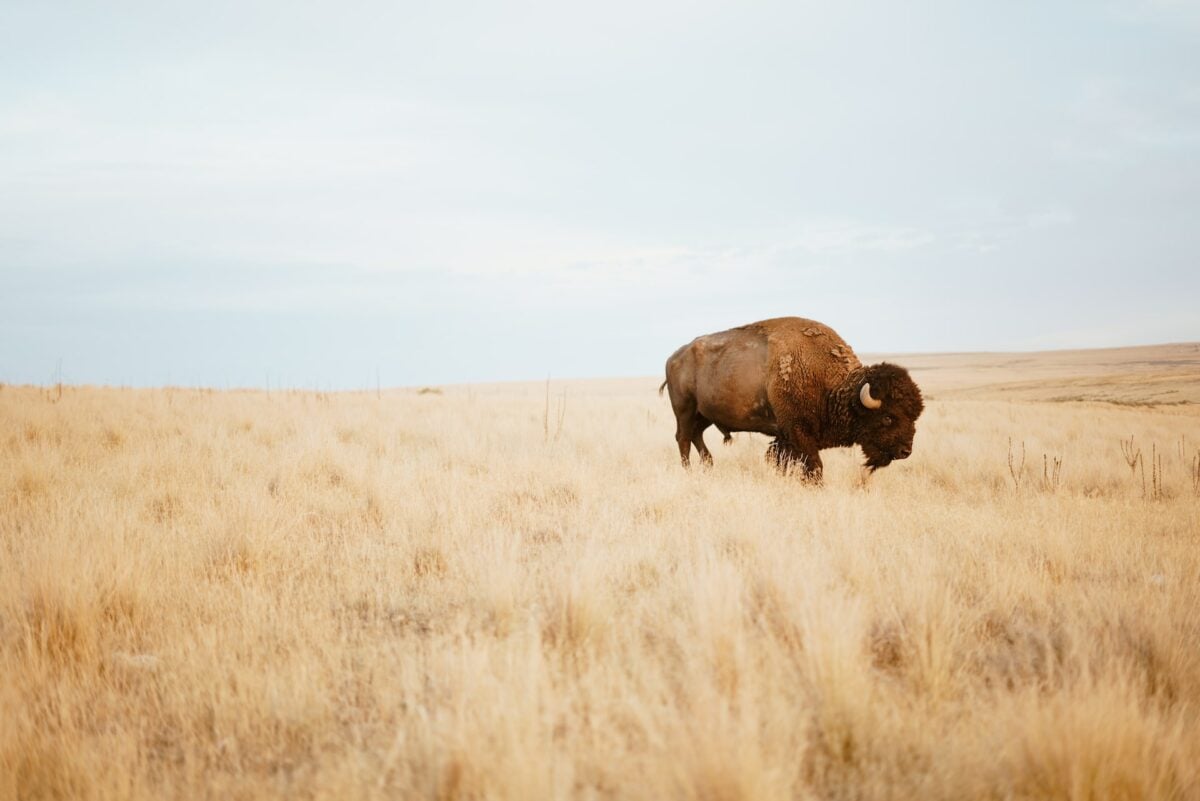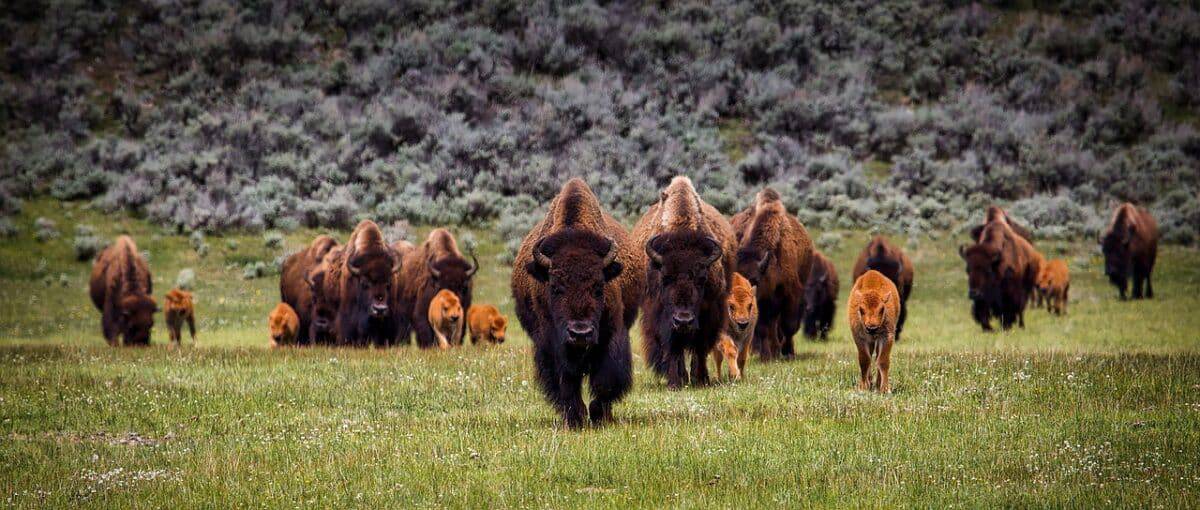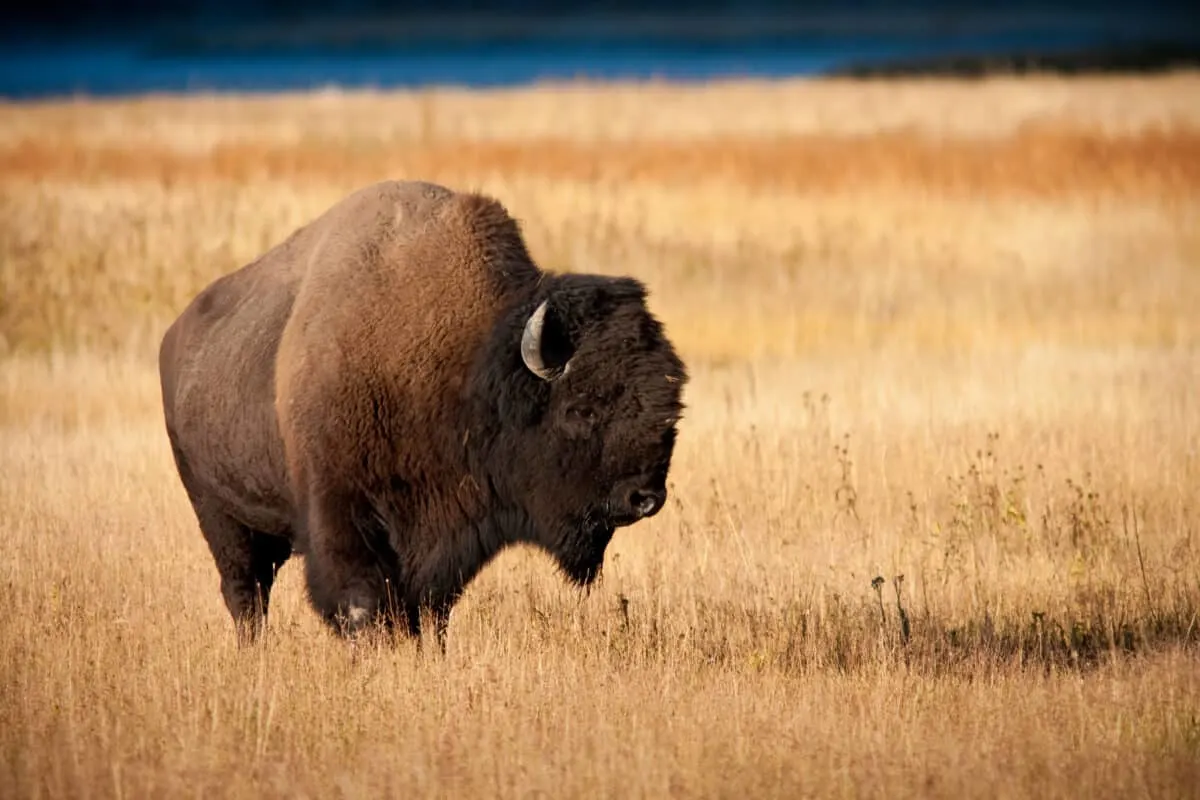In the vast tapestry of North American wildlife, the bison stands as an iconic symbol of strength and resilience. However, nestled within the public perception of these magnificent creatures lies a pervasive myth—that bison are sluggish and lumbering beasts. Today, we embark on a journey to debunk this misconception and unearth the hidden truth about the speed and agility of these majestic animals.
Bison’s Need for Speed

Contrary to popular belief, bison are not the slow giants often portrayed in media and folklore. In fact, these colossal creatures are deceptively fast runners, capable of reaching speeds up to 35 miles per hour. This surprising velocity is a testament to their evolutionary adaptations, a result of the constant need to outpace natural predators that once roamed their historic habitats. Imagine a creature weighing up to 2,000 pounds moving with the grace and swiftness of a sprinter—it’s a spectacle that challenges preconceived notions.
Agility Beyond Expectations
While their sheer size may suggest otherwise, bison possess a remarkable level of agility. Picture this: a bison making sharp turns and navigating diverse landscapes with finesse. This agility is not just for show; it’s a survival mechanism honed over generations. Bison herds, once widespread across the North American plains, needed to navigate varied terrains, from open grasslands to densely wooded areas. Their ability to maneuver with precision in different environments was a critical factor in avoiding predators and finding sustenance.
A Historical Dance of Survival
To appreciate the agility of bison, one must delve into their historical context. In the not-so-distant past, bison shared their habitats with formidable predators such as wolves and bears. The ability to outrun these predators was not just a matter of convenience but a matter of life and death. Bison’s swift movements were a dance of survival, an intricate choreography that allowed them to thrive in the face of constant threats. Today, as we observe bison in controlled environments, it’s essential to recognize the echoes of this historical dance ingrained in their very nature.
Wrapping Up with Are American Bison Slow And Clumsy?

Dispelling the myth of bison as slow and clumsy not only corrects a common misconception but also unravels a fascinating aspect of their biology. The synergy of speed and agility in these North American giants highlights their adaptive prowess, shaped by the demands of their historical landscapes. As we witness bison roaming in the wild or even in carefully curated reserves, let us marvel at the elegance in their motion—a harmonious blend of power, speed, and survival instinct. Understanding and celebrating the true capabilities of these creatures enriches our connection with the natural world and reinforces the importance of preserving their habitats for generations to come. So, the next time you envision a bison, imagine not a lumbering giant, but a creature that gracefully dances through the tapestry of its historic landscape.
Thank you for following along with this article –
Next up in the animal kingdom:
Join our Forum for free today!

- Big Cats Love Mouthing Affection - July 22, 2024
- Kind Elephant Merciful To Lion Cubs - July 22, 2024
- Beachgoers Save Massive Shark Stranded In Florida - July 22, 2024

